17 GPTs for Art Personalization Powered by AI for Free of 2025
AI GPTs for Art Personalization refer to the use of Generative Pre-trained Transformers in crafting personalized art experiences. These tools leverage advanced AI to understand and interpret art-related queries, making them adept at generating, modifying, or suggesting artistic content tailored to individual preferences. Such capabilities enable these GPTs to serve a wide range of personalization tasks in the art domain, from custom artwork creation to tailored art recommendations, showcasing their ability to provide bespoke solutions in the creative arts sector.
Top 10 GPTs for Art Personalization are: Pixarize Me,IMG TO IMAGE,【顔固定】 2~3頭身キャラ作成 アニメ風,Simpsonize It,Caricature GPT,Puffenizer,PixarStyle Yourself,Coloring Book Creator,Prompt Relay,Ink Imaginarium
Pixarize Me
Bringing Your Photos to Animated Life
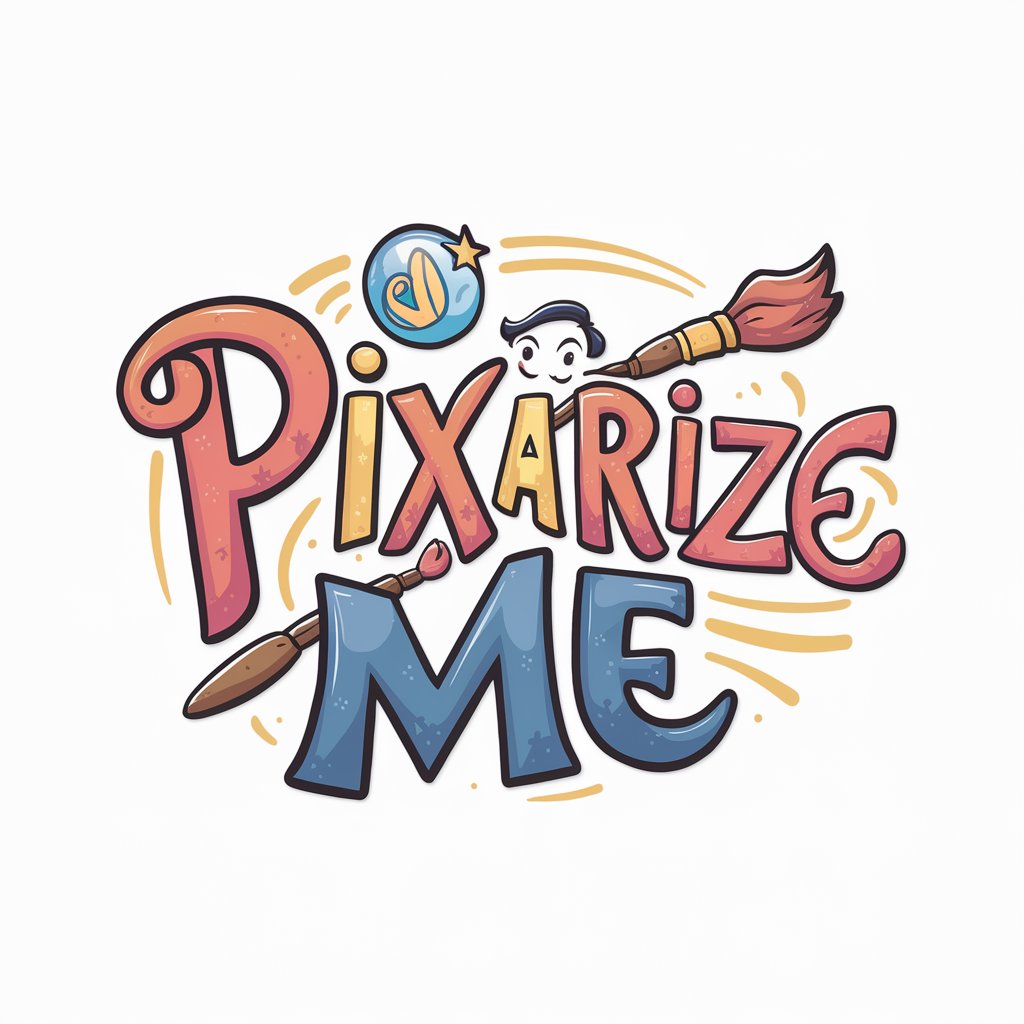
IMG TO IMAGE
Revolutionize Your Images with AI
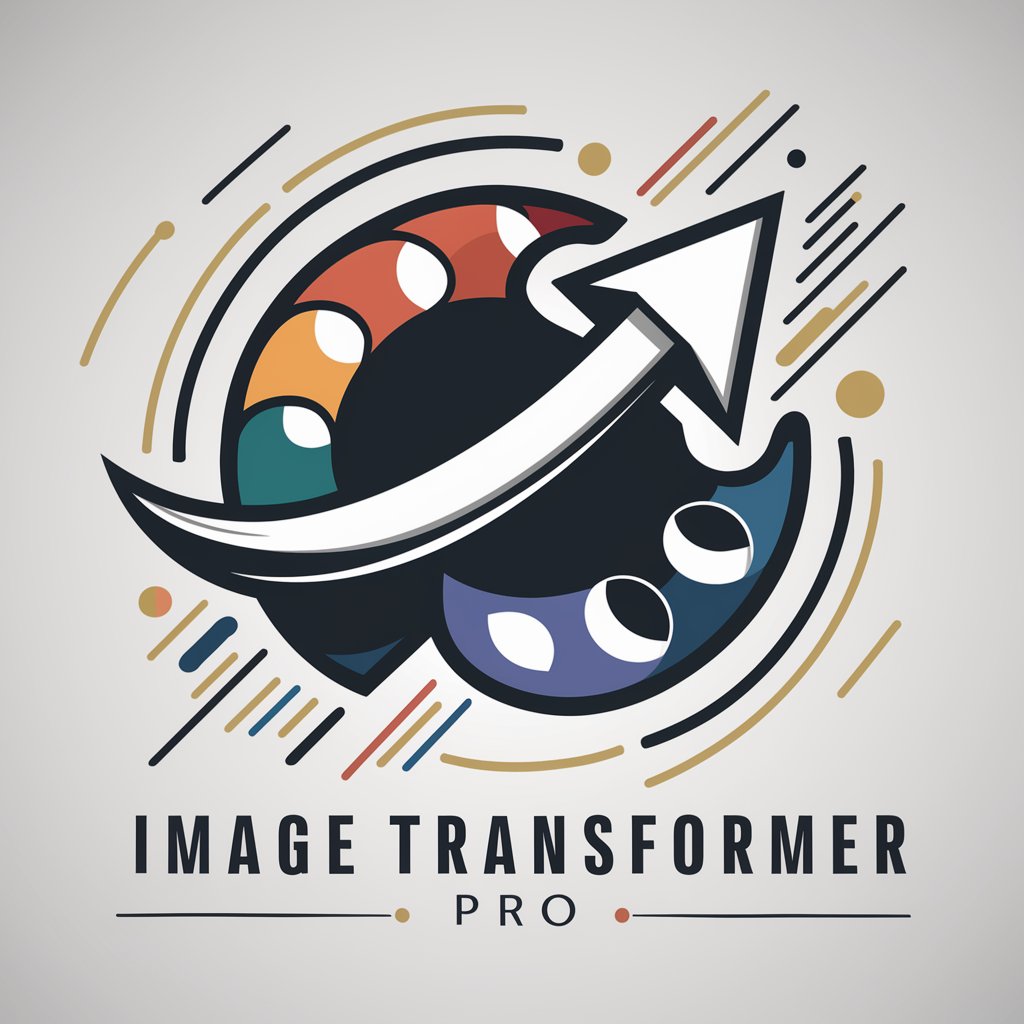
【顔固定】 2~3頭身キャラ作成 アニメ風
AI-powered chibi and anime characters
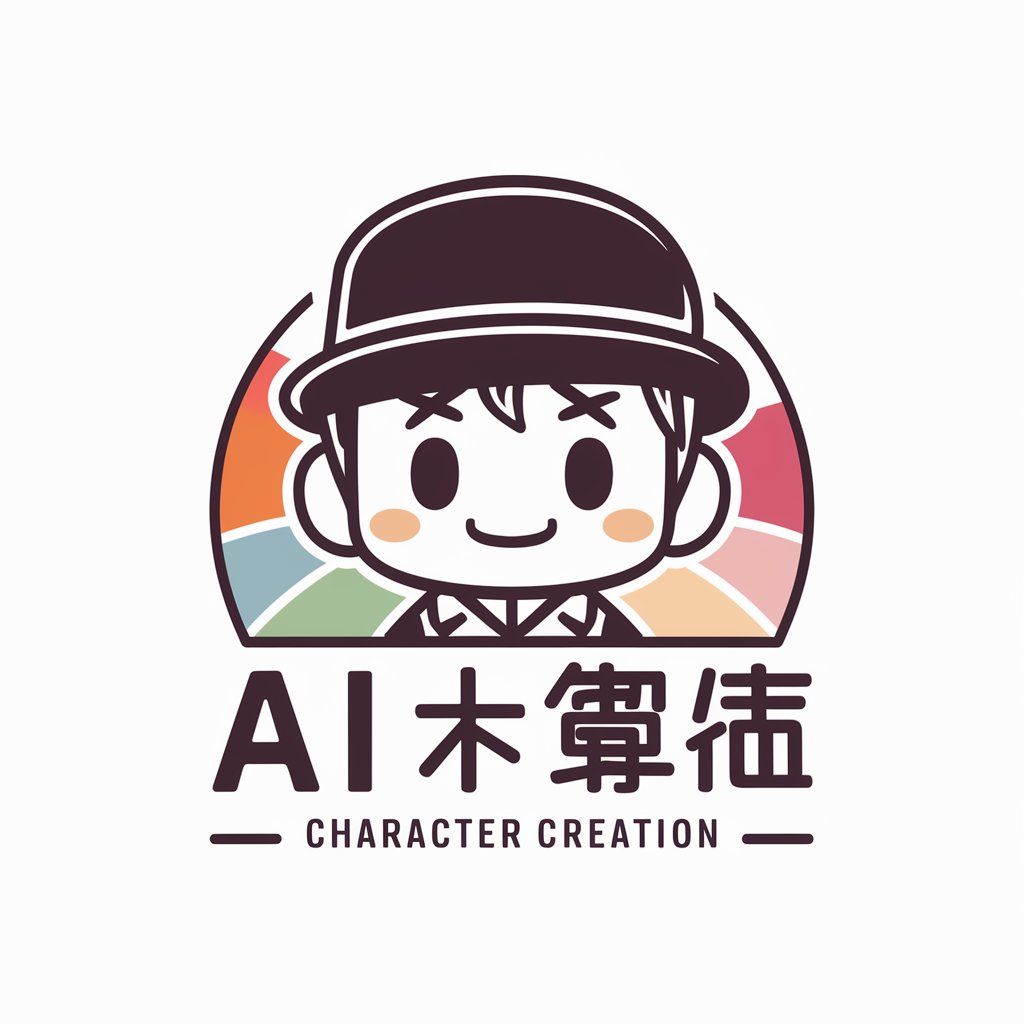
Simpsonize It
Bringing Your Photos to Springfield!
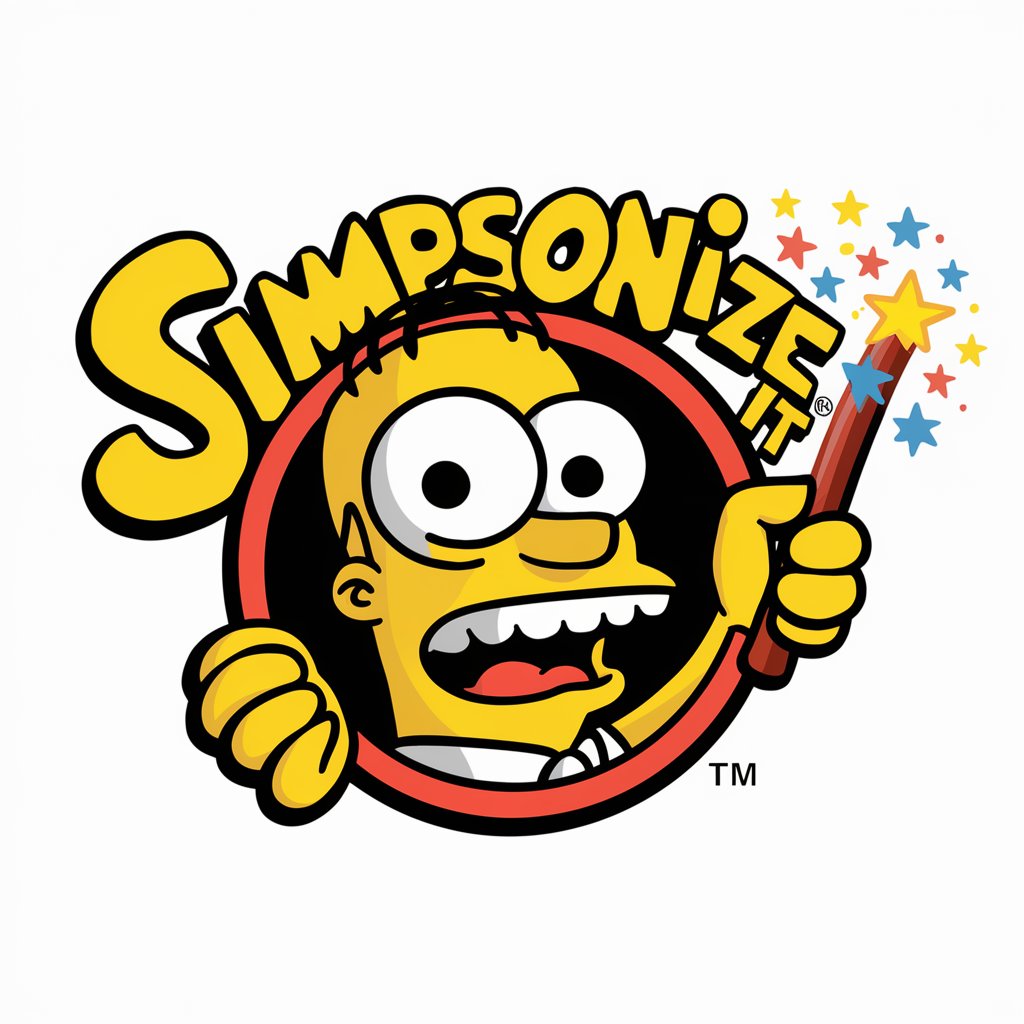
Caricature GPT
Bringing Photos to Life with AI Artistry
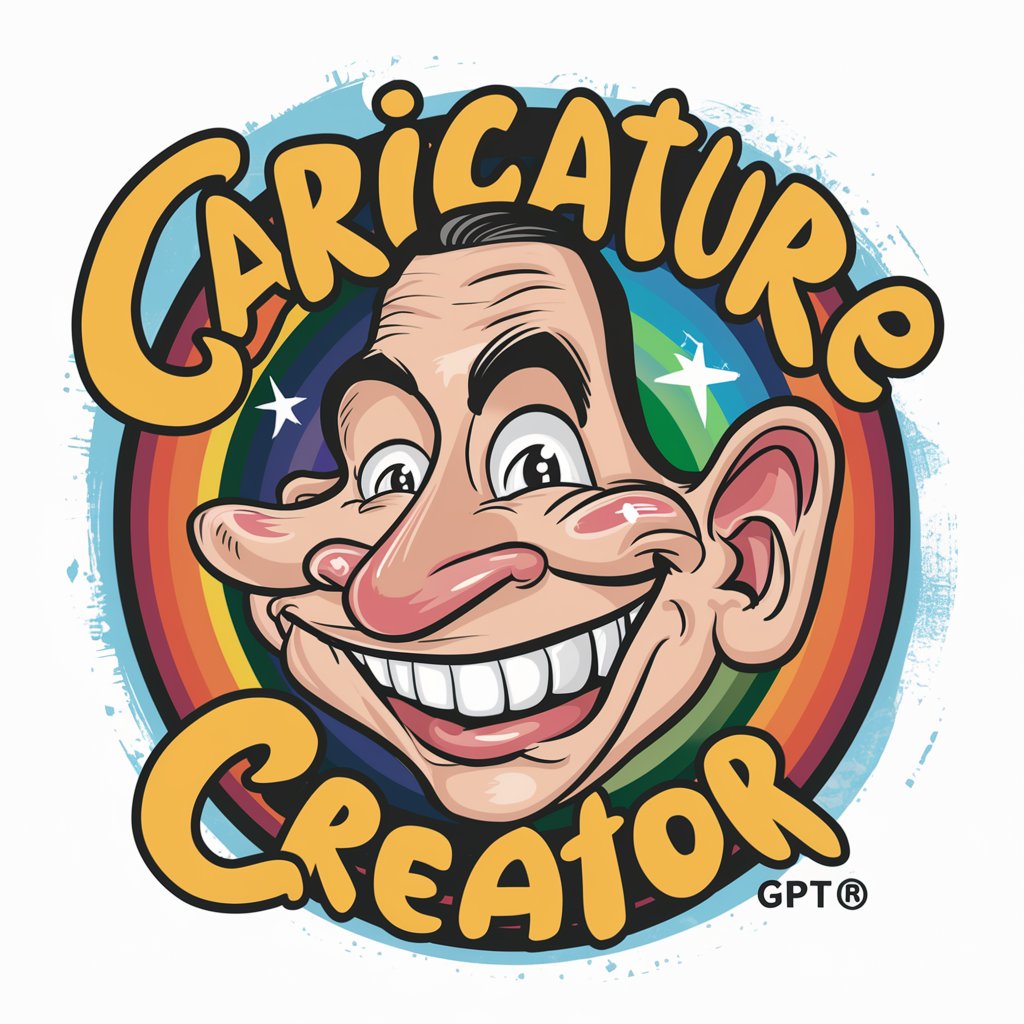
Puffenizer
Bringing Your Photos to Cartoon Life
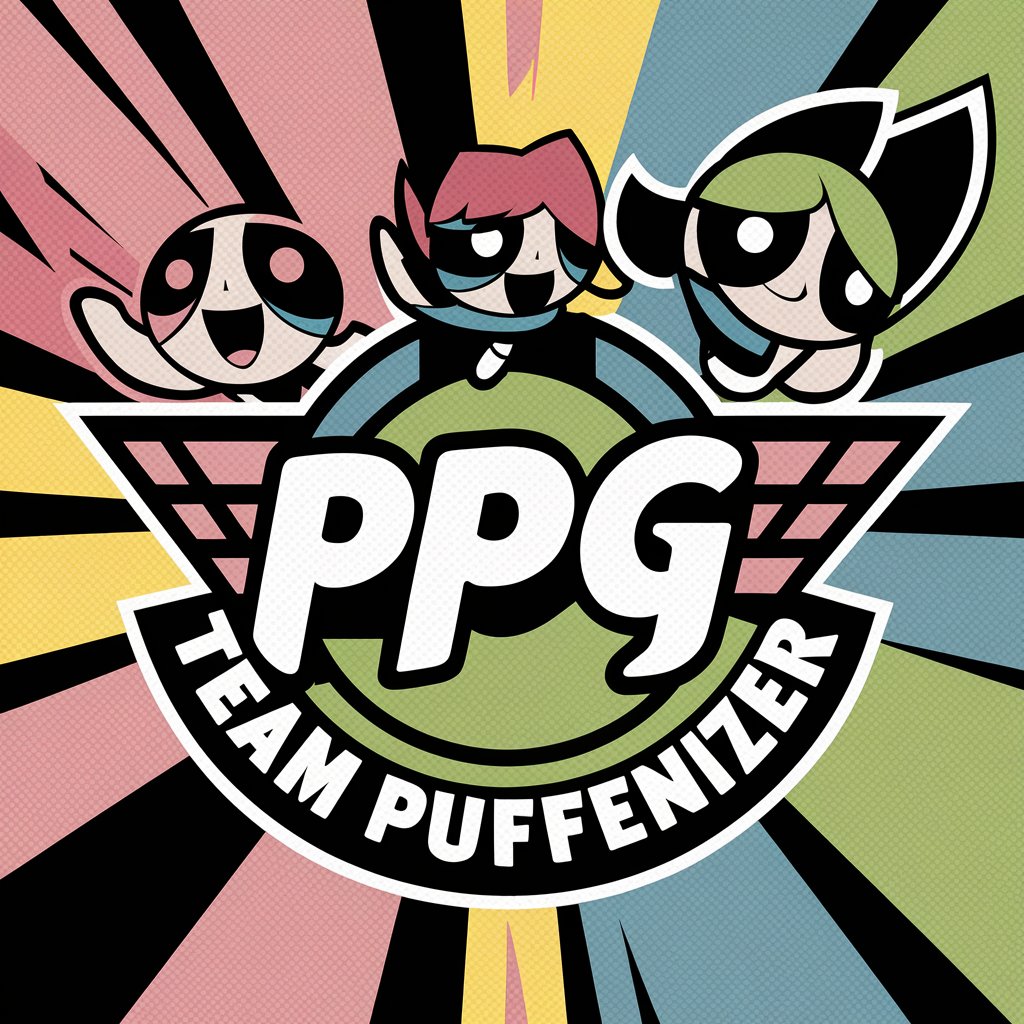
PixarStyle Yourself
Bring Your Photos to Life with AI-Powered Pixar Magic
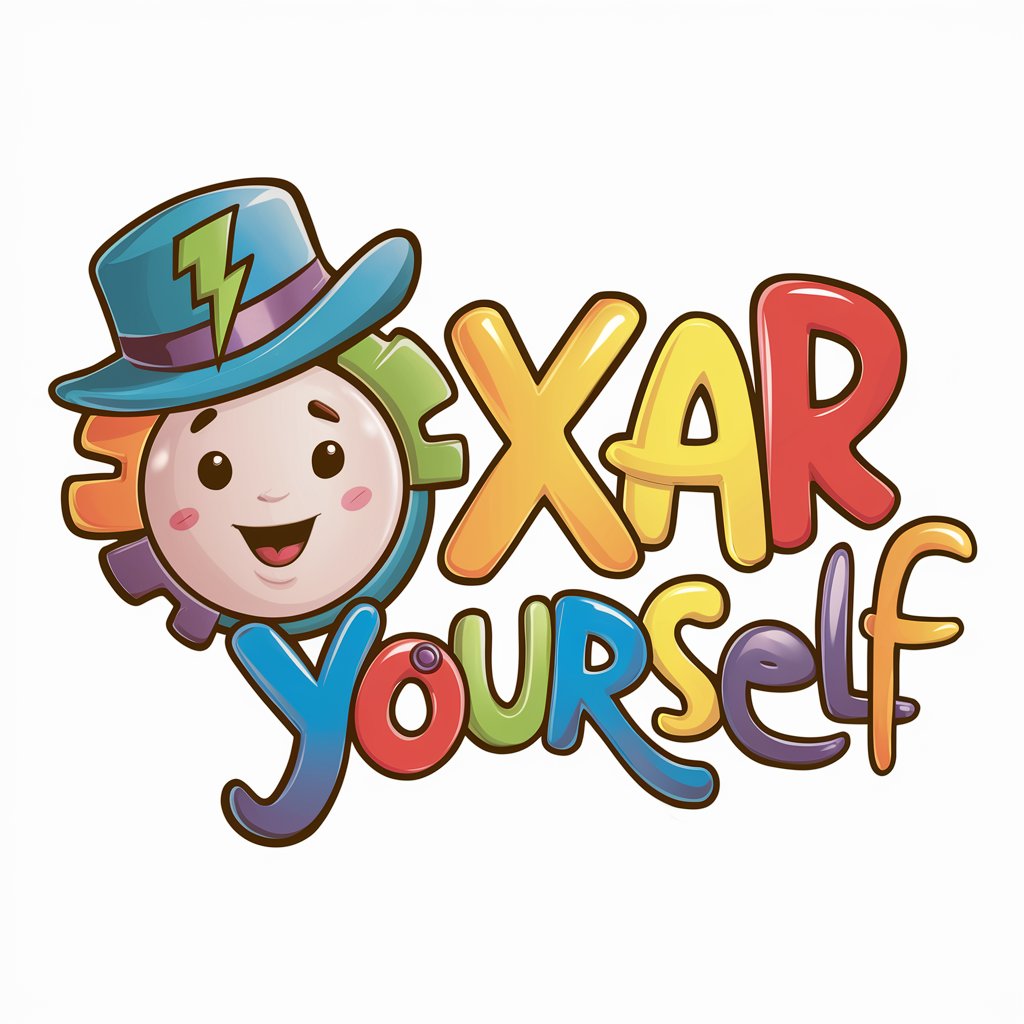
Coloring Book Creator
Turn Images into Coloring Adventures with AI
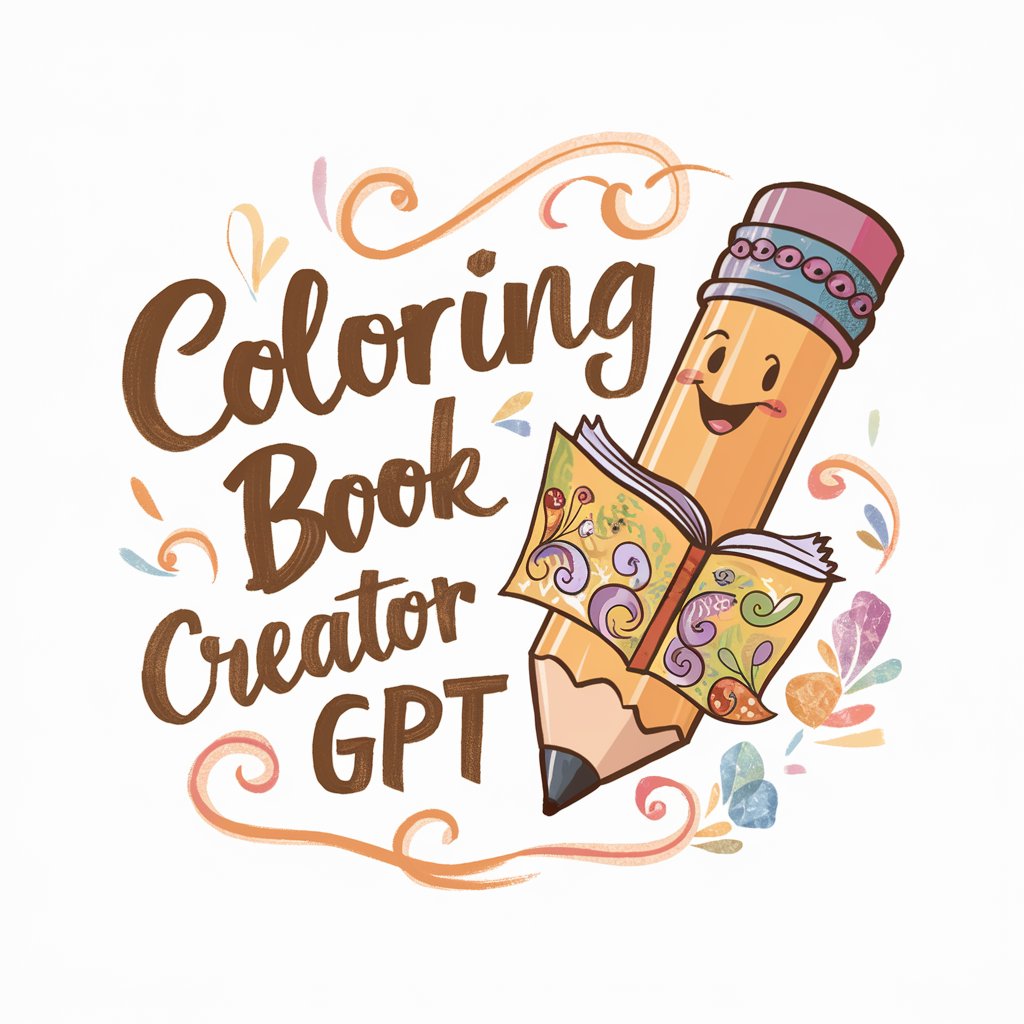
Prompt Relay
Transforming Words into Visuals with AI
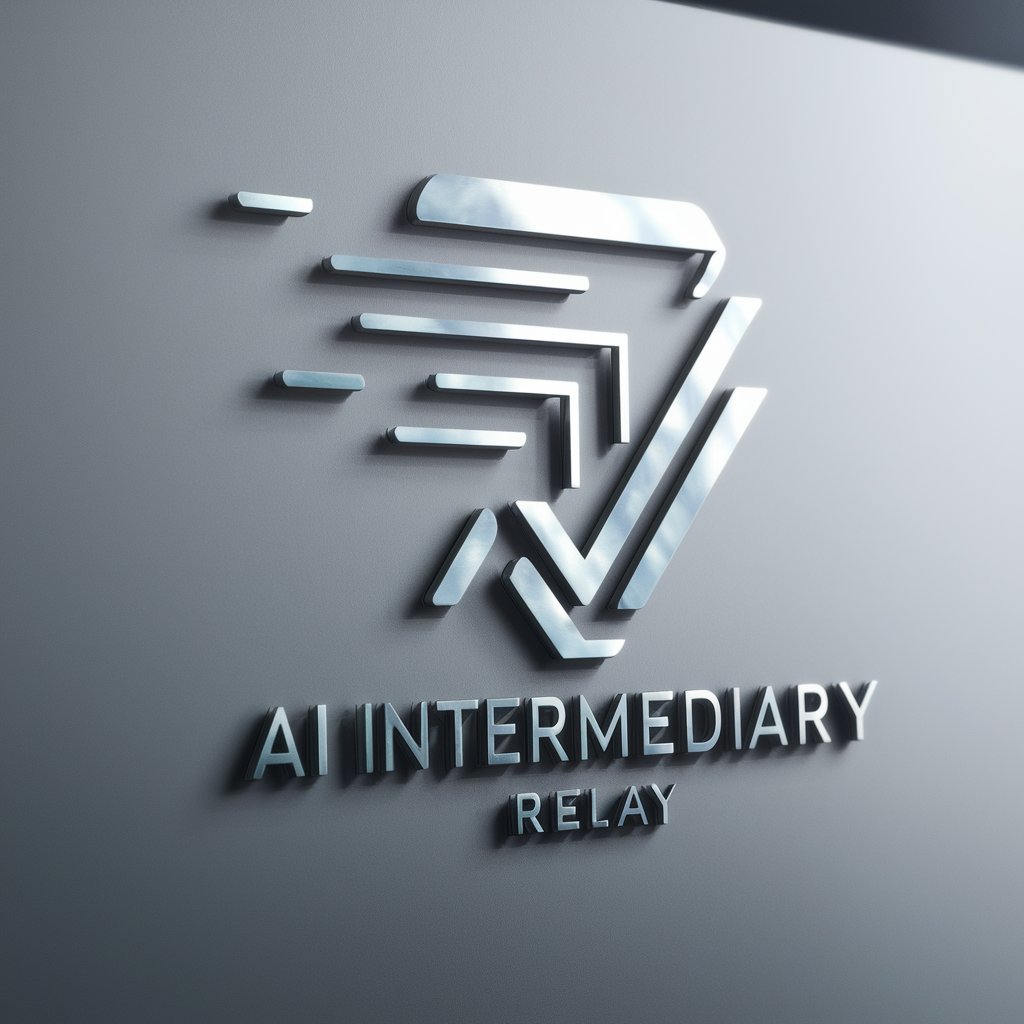
Ink Imaginarium
Unleash Creativity with AI-Driven Tattoo Art
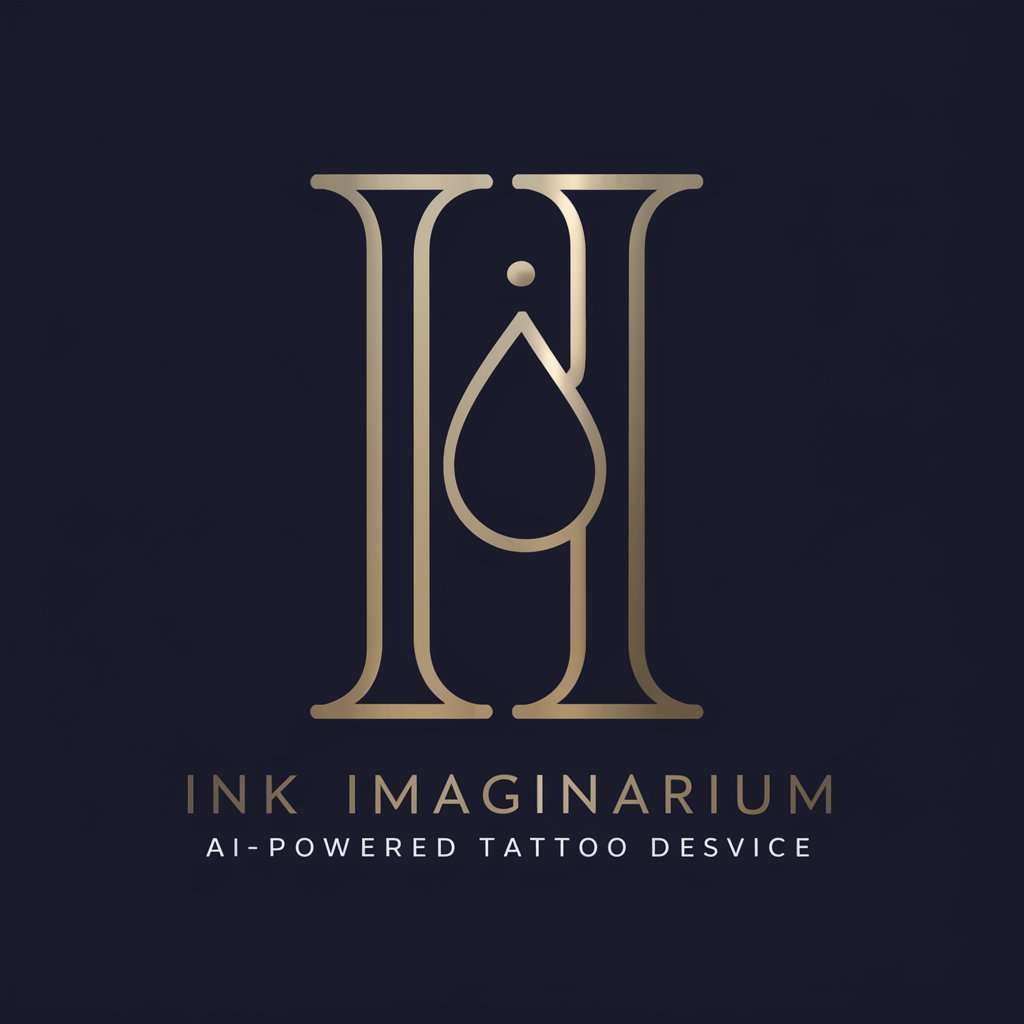
Pixel U
Transform Images into Unique Pixel Art with AI
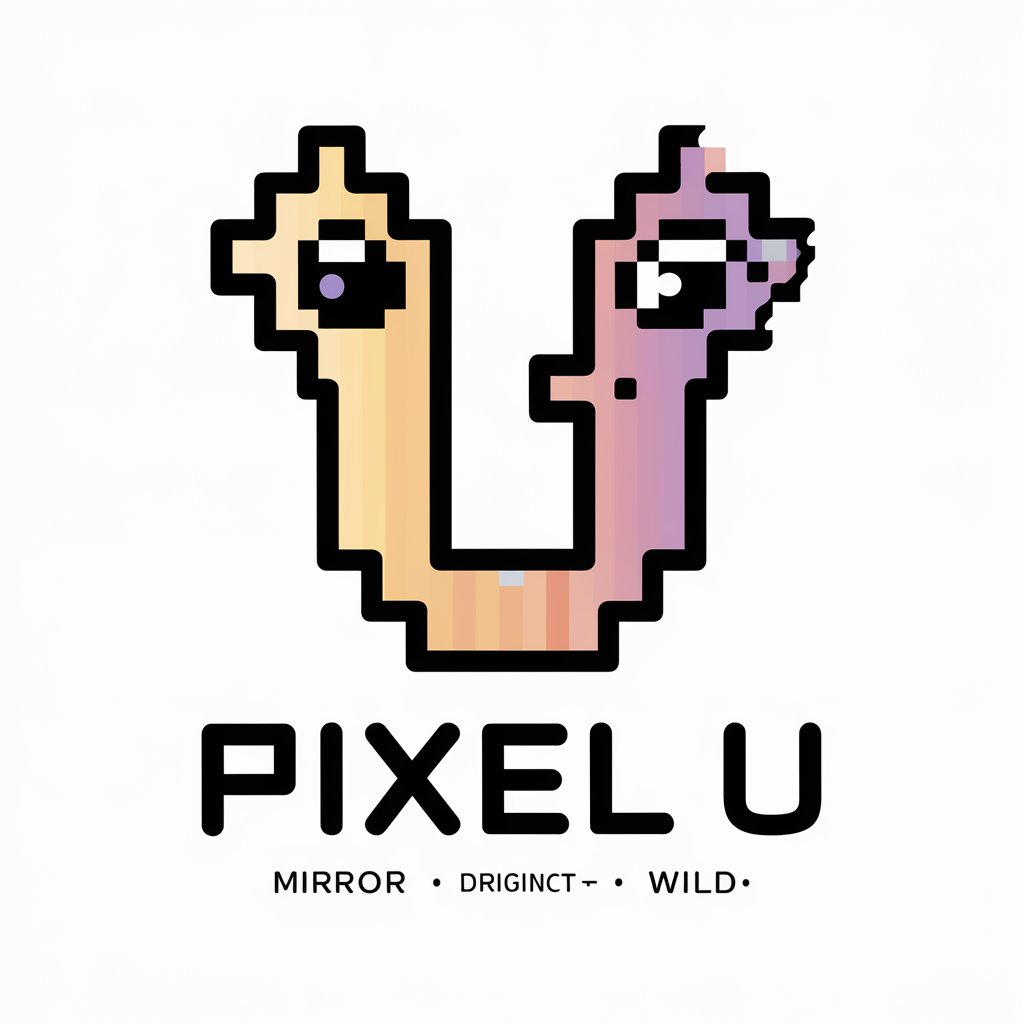
Realistic Artistic Portraits
Turning Photos into Lifelike Art Masterpieces
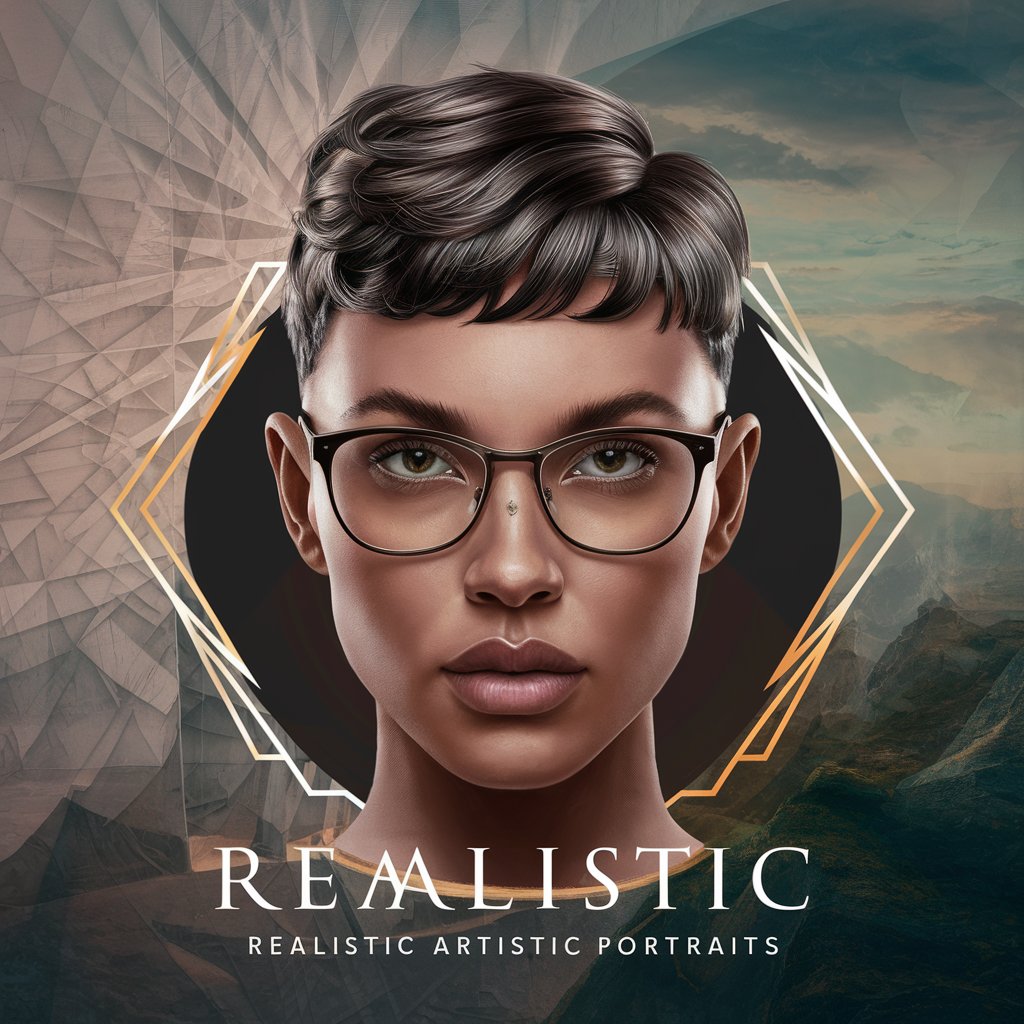
Illustration Wizard
Bringing Images to Life with AI
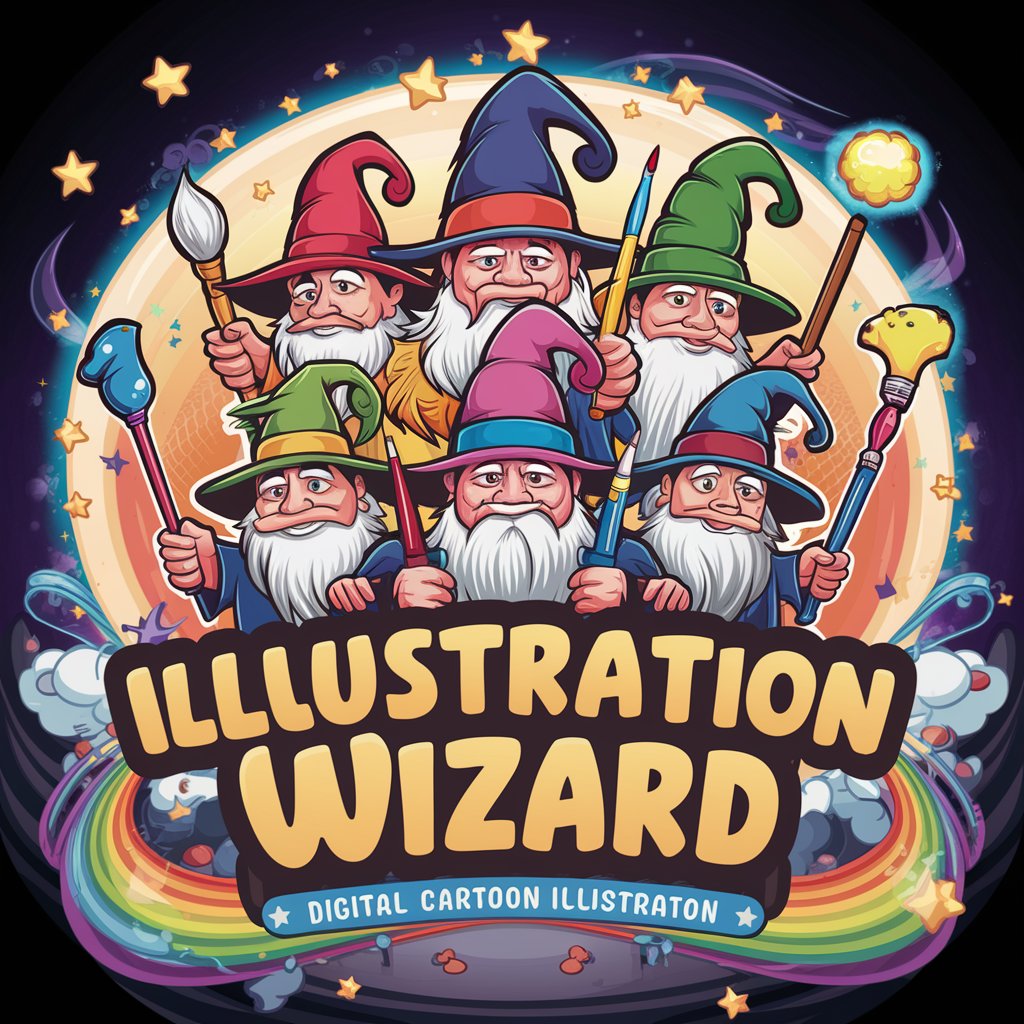
DisneyPortraitAI
Bringing Your Photos to Disney Life

Portrait Crafter
Crafting Unique Portraits with AI
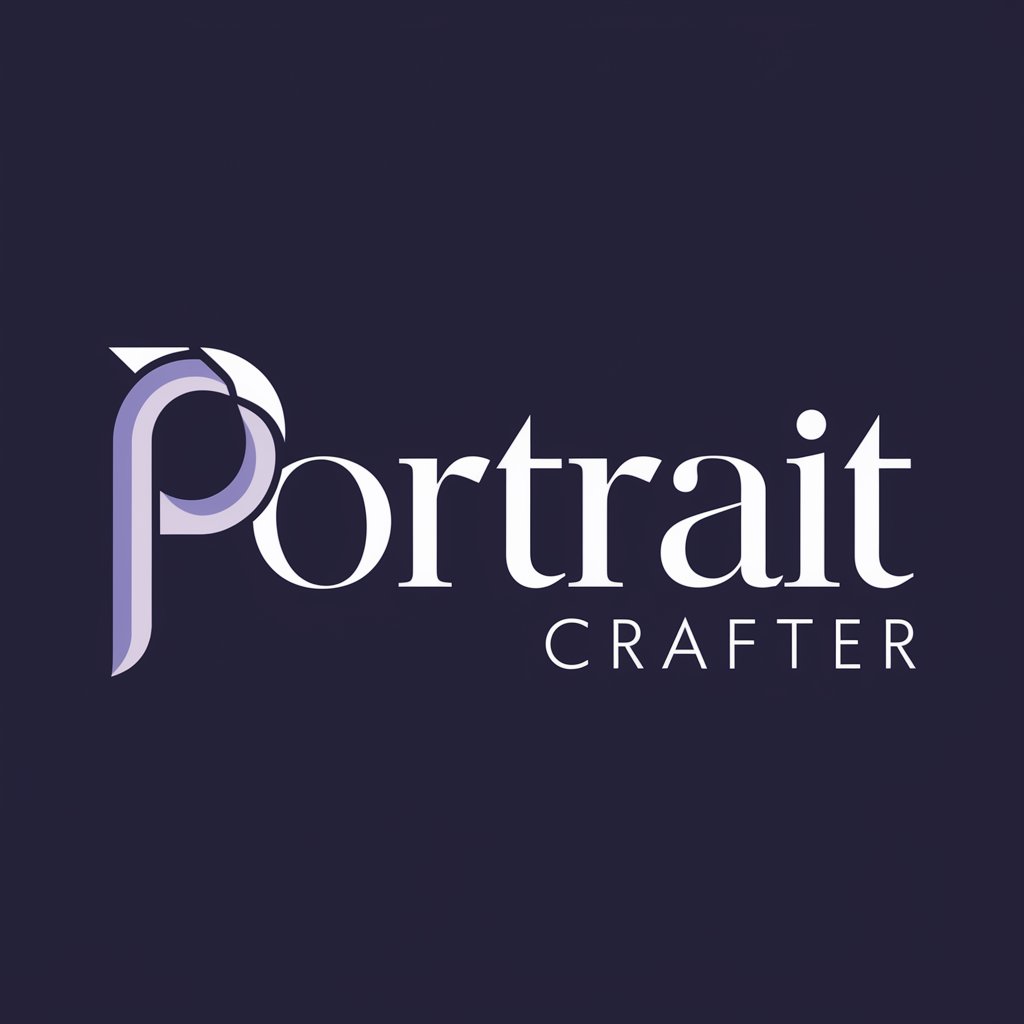
Héros Creator
Craft Your Superhero, Powered by AI
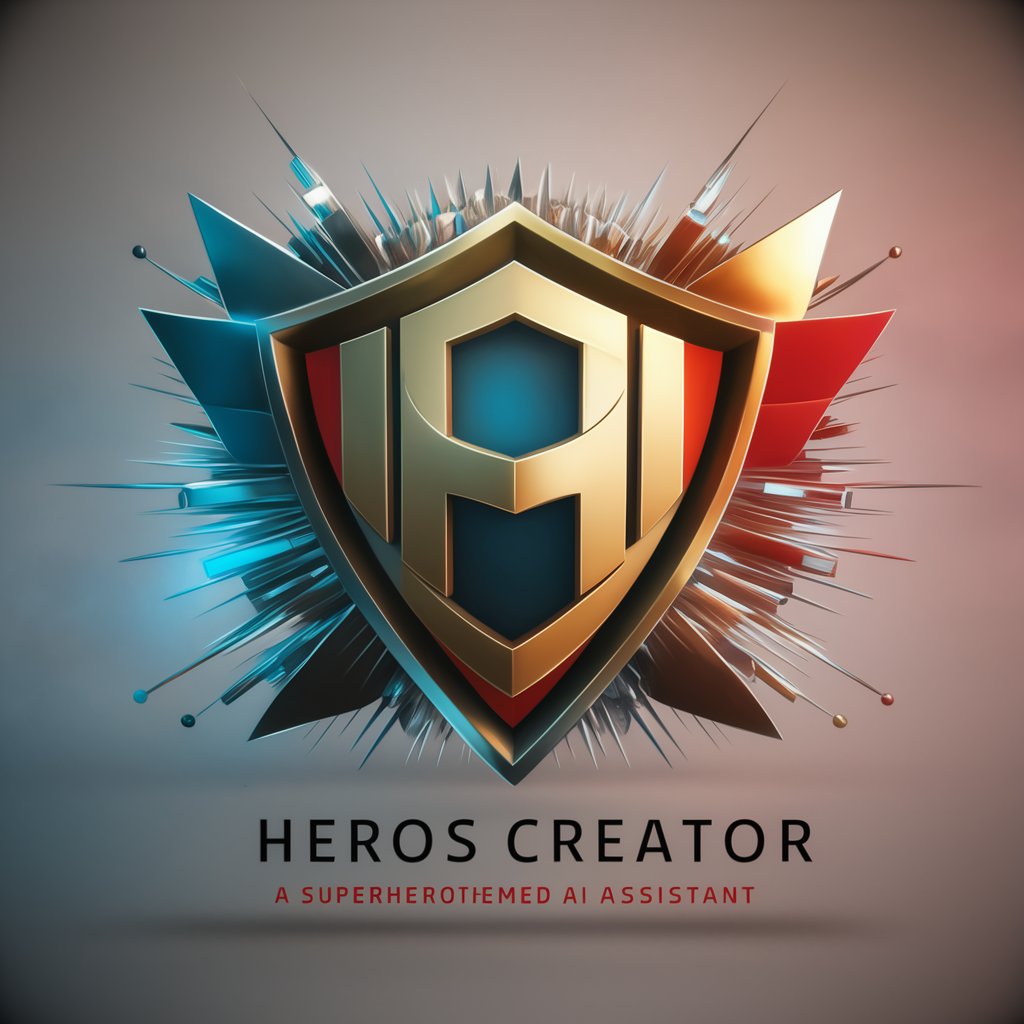
Key Characteristics and Capabilities
AI GPTs for Art Personalization are distinguished by their adaptability, precision, and the depth of creative insight they offer. Features include sophisticated language understanding for interpreting art briefs, the ability to generate high-quality images from textual descriptions, and data analysis for personalized art recommendations. Furthermore, these tools can learn from interactions, improving their suggestions over time, and support integration with various digital platforms, making them versatile assets in the art personalization landscape.
Who Benefits from Art Personalization AI?
The primary beneficiaries of AI GPTs for Art Personalization span from art enthusiasts and collectors seeking personalized art experiences, to artists and designers looking for inspiration or to generate novel artworks. Additionally, developers and tech-savvy professionals in the art industry can leverage these tools for creating sophisticated art-related applications, even without extensive coding knowledge, thanks to user-friendly interfaces and customizable features.
Try Our other AI GPTs tools for Free
Image Reinterpretation
Discover AI GPTs for Image Reinterpretation: versatile tools for transforming, analyzing, and generating creative visual content, accessible to both novices and professionals.
Bracket Analysis
Discover how AI GPTs revolutionize Bracket Analysis with adaptive, user-friendly tools designed for accurate predictions and comprehensive data analysis.
Media Graphics
Discover the innovative world of AI GPTs for Media Graphics: versatile tools designed for creating, analyzing, and enhancing media graphics, accessible to all skill levels.
New Skills
Discover how AI GPTs for New Skills can transform your learning journey with tailored, interactive, and engaging experiences designed to help you master new abilities efficiently.
Data Simplifier
Explore how AI GPTs for Data Simplifier transform complex data into understandable insights, making data analysis accessible to everyone.
Language Coaching
Discover AI GPT tools for Language Coaching, your personalized solution for mastering new languages with ease. From grammar to fluency, embark on a tailored learning journey.
Further Perspectives on AI-Driven Art Solutions
AI GPTs for Art Personalization not only democratize access to personalized art but also foster innovation in the art sector by enabling new forms of expression and interaction. These tools' ability to integrate with existing systems and adapt to user feedback exemplifies the potential of AI in enhancing creative processes and art consumption, offering a glimpse into the future of personalized art experiences.
Frequently Asked Questions
What exactly is Art Personalization with AI GPTs?
Art Personalization with AI GPTs involves using generative AI to create or modify art based on individual preferences, enabling personalized art creation, recommendations, and interactions.
Can AI GPTs generate original artwork?
Yes, AI GPTs can generate original artwork by interpreting text descriptions into visual art, offering a wide range of styles and subjects tailored to user specifications.
Do I need programming skills to use these tools?
No, many AI GPTs for Art Personalization are designed with user-friendly interfaces that require no programming skills, although programming knowledge can enhance customization options.
How do these AI tools personalize art recommendations?
These tools analyze user preferences, interaction history, and art trends to provide personalized art recommendations, improving accuracy over time through machine learning.
Can AI GPTs learn from my feedback?
Yes, AI GPTs can learn from user feedback to refine their outputs and recommendations, enhancing personalization and satisfaction.
Are there customization options for developers?
Absolutely, developers have access to APIs and development kits to tailor the AI GPTs' capabilities for specific art personalization projects or applications.
How do these tools integrate with existing digital platforms?
AI GPTs for Art Personalization can be integrated with websites, mobile apps, and other digital platforms through APIs, enabling seamless art personalization experiences within existing ecosystems.
What are the limitations of AI GPTs in art personalization?
While highly advanced, these tools may not fully capture the nuance of human creativity and can sometimes produce unexpected results, highlighting the importance of human oversight in the creative process.